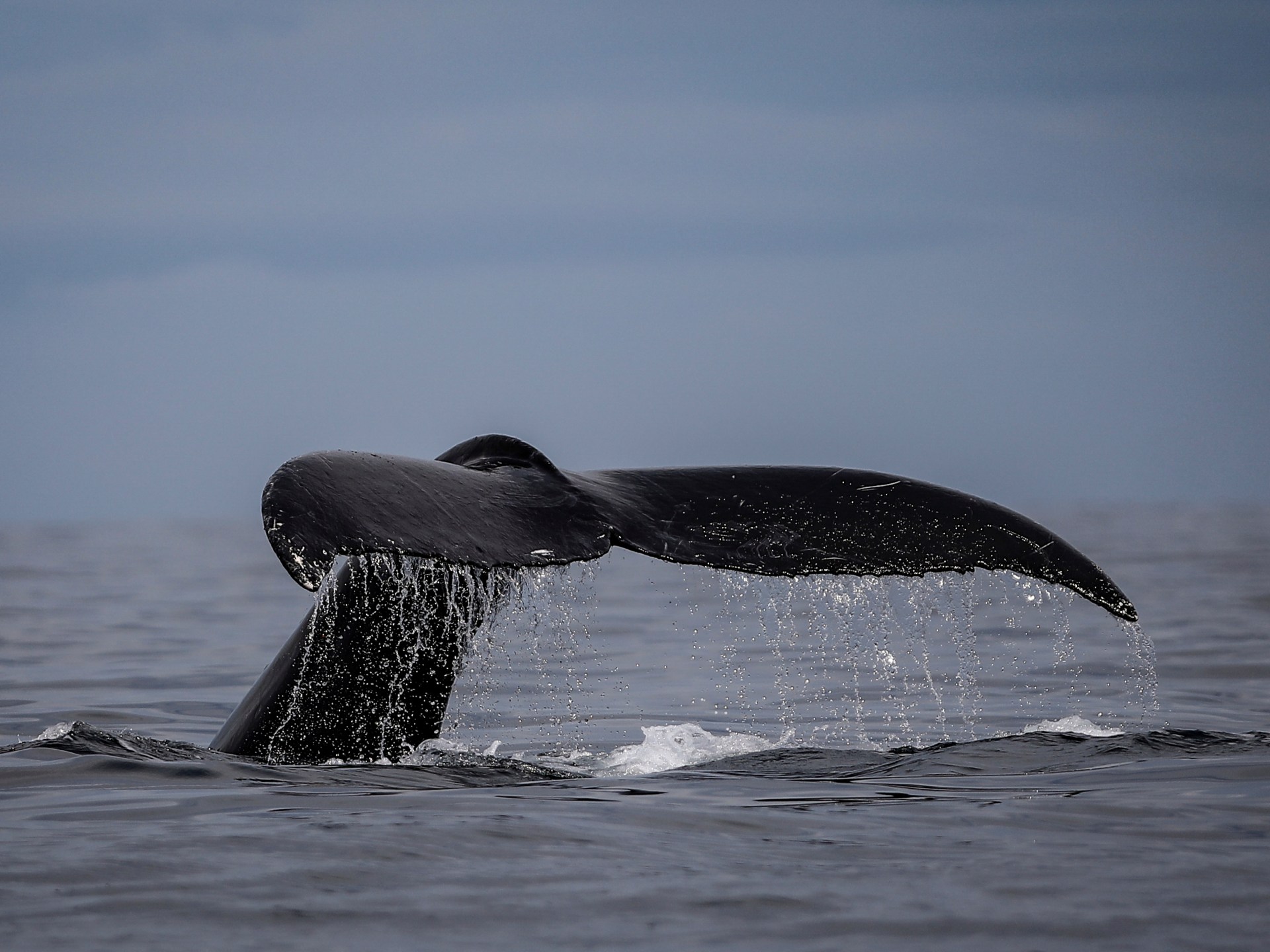Every summer, thousands of tourists descend on the Colombian town of Bahia Solano to experience the thrill of watching humpback whales as they migrate from the frigid southern Pacific to Colombia’s warmer waters.
The town lies on a remote stretch of coast covered by dense rainforests that are home to monkeys, toucans and colorful poison dart frogs. But the main attraction are the humpback whales that migrate to the area from July to October of each year.
Bahia Solano, which is built along a U-shaped bay, has become one of the most famous spots in Colombia to sight humpback whales. Every summer, the town of 10,000 residents is visited by thousands of people who board small fishing boats that get close to the gentle giants.
Whale-watching helps boost the income of boat captains, hotels, tourism agencies and restaurants. The animals are also important for the local ecosystem, because they fertilise algae that smaller fish depend on.
The marine mammals weigh between 20-40,000kg (20 to 40 tonnes), and have a length of around 16 metres (52 feet), says marine biologist Esteban Duque Mesa.
“For me seeing whales is like being in a sacred place,” said Duque Mesa, who has studied the animals for years. “When we are with them we perceive their immensity and also our smallness, it is a moment of absolute spiritual connection.”
The whales are also a source of inspiration for Medardo Machuca, an artisan from the Embera tribe, who has been making wood carvings of whales for the past two decades, and sells them to tourists.
“The whales have a mystery about them, and they are beautiful,” said Machuca. He acknowledged that competition from other artisans has increased recently, but added that during the whale watching season he manages to sell five or six carvings a day.
Boat captain Luis Hernando Hurtado said that whale watching has provided him with an opportunity to meet people from around the world and experience memorable moments.
“Recently we had a group of whales, about eight of them, that swam beneath our boat for more than an hour,” he said.
“They made some beautiful approaches. We tried to keep our distance from them, which is supposed to be 100 metres [328 feet], but they kept approaching us and were practically next to the boat.”
